RealCraft offers 20 different species of wood types to choose from. With our wide range of lumber, from Alder to Zebrawood, we know you will find something you love. In this edition of our wood species series we will be spotlighting the first five of our wood species options. Below is an in-depth look at Knotty Alder. Reclaimed Barn Wood, European Beech, Bubinga, and Western Red Cedar.

KNOTTY ALDER
Alder is a toothed-leaf tree that grows in the pacific northwest. They typically grow in cool moist ground next to water. There are few creeks in western Oregon that are not shrouded by them. Only 20 years ago, no one had even heard of Alder as a lumber choice. But alder now has an excellent reputation for machining. Alder is evenly textured, with a subdued grain pattern. There is little color variation between the heartwood and sapwood. Its lumber contains tight, strong knots throughout. It accepts a variety of stain types well also.
Fun Facts:
- Alder is often used to smoke salmon in the pacific northwest
- The greatest volume occurs around Washington's Puget Sound and in Northwest Oregon

RECLAIMED BARN WOOD
Whether it’s because they love how green the idea is, or because of their timeless and rustic style, people love reclaimed wood barn doors. Fortunately, the staff here at Real have never met a piece of wood that we didn’t love! That has led us to some truly wonderful reclaimed wood sources over the years, and now we’re excited and proud to announce our newest line of recycled, reclaimed barn wood.
This lumber has been salvaged from historic structures in Portland, Oregon. Portland's Deconstruction of Buildings Law was put into effect to maximize salvage of valuable building material for reuse, reduce the amount of demolition waste in landfills, and to cut down on carbon emissions associated with demolition. We selected a choice assortment of this salvage lumber, and brought it to our warehouse to be re-purposed in our reclaimed wood barn doors and accent wall paneling! This wood will add a taste of true Pacific Northwest history to your home, and with its colorful past, it’s sure to be a compelling conversation piece.
FUN FACTS:
- Astoria, where our barn wood was collected, is a port city that is situated near the mouth of the Columbia River where it meets the Pacific Ocean.
- In the 19th century the Lewis and Clark Expedition spent the winter of 1805–1806 at Fort Clatsop, a small log structure south and west of modern-day Astoria. Today the fort has been recreated and is now a historical park.

EUROPEAN BEECH
Versatility is the one word most often used when description European Beech. Beech is typically a pale cream color, sometimes with a pink or brown hue. Its grain is straight with a fine and uniform texture. Beech has excellent work-ability, it machines, glues, turns, and finishes well.
Our woodworkers love working with beech. Wood turners often use beech for items such as goblets with delicate stems. It's also ideal for food utensils like cutting boards and spoons because it imparts no odor or taste.
FUN FACTS
- Long ago, English Bodgers crafted the legs of Windsor chairs from beech lumber.
- Villagers also used beech to carve out shoes and clogs.
- In the iron smelters of Germany, France, and England, beech was the fuel.

BUBINGA
Bubinga can be loved as much for its fun name as it is for its beauty and fortitude. Bubinga’s rich reddish tones are laced with darker annual ring lines that can produce a striking surface. Heartwood ranges from a pinkish red to a darker reddish brown with darker purple or black streaks. Sapwood is a pale straw color. Bubinga is an incredibly strong wood. Its strength exceeds persimmon wood, which is used for golf club heads!
In summary, you don’t have to worry about your bubinga door denting, splitting, or breaking. The deep brick red color and high density of bubinga give it an undeniable visual and physical presence.
Fun Facts:
- Bubinga hosts stunning grain figures, referred to as flamed, pommele, and waterfall grains.
- Bubinga also an exceptional strength-to-weight ratio.
- Bubinga is often referred to as “African Rosewood” because of its resemblance to Honduras Rosewood.

WESTERN RED CEDAR
Western Red Cedar is known for its fine grain, flexibility, and strength. One of Western Red Cedar’s most valuable characteristics is its high resistance to decay and its insulating properties.
Western Red Cedar is a preferred wood for nearly all purposes where resistance to weather is important. Cedar is one of the most durable coniferous species. It is reliable and can be counted on to stand the tests of time. Cedar’s decay resistance comes from the presence of naturally occurring fungicidal compounds in the wood called thujaplicins. Another extract present in the wood, thujic acid, helps make the wood resistant to insect attack.
Cedar is an excellent thermal insulator. Your Western Red Cedar door will help keep buildings cool in the summer and reduce heating costs in the winter.
FUN FACTS:
- Evidence of cedar’s durability are the many cedar artifacts still in good condition today.
- Western Red Cedar is used to manufacture a range of specialty products such as siding, paneling, structural decking, and outdoor decking.
We at Real hope you learned a lot of useful information by reading this article. Stay tuned next month for a in-depth look at Cherry, Douglas Fir, Hickory, Maple, and Padauk lumber! If you would like to take a look at all of our current lumber offerings, click here! Feel free to call us at 253-853-3815 with any questions you may have!


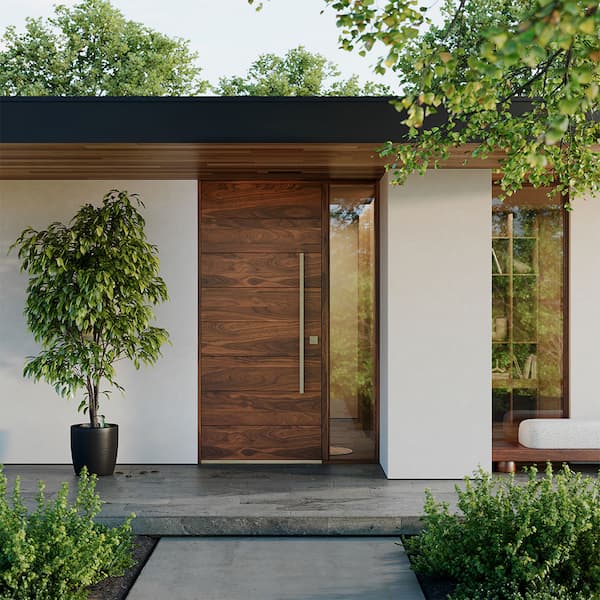


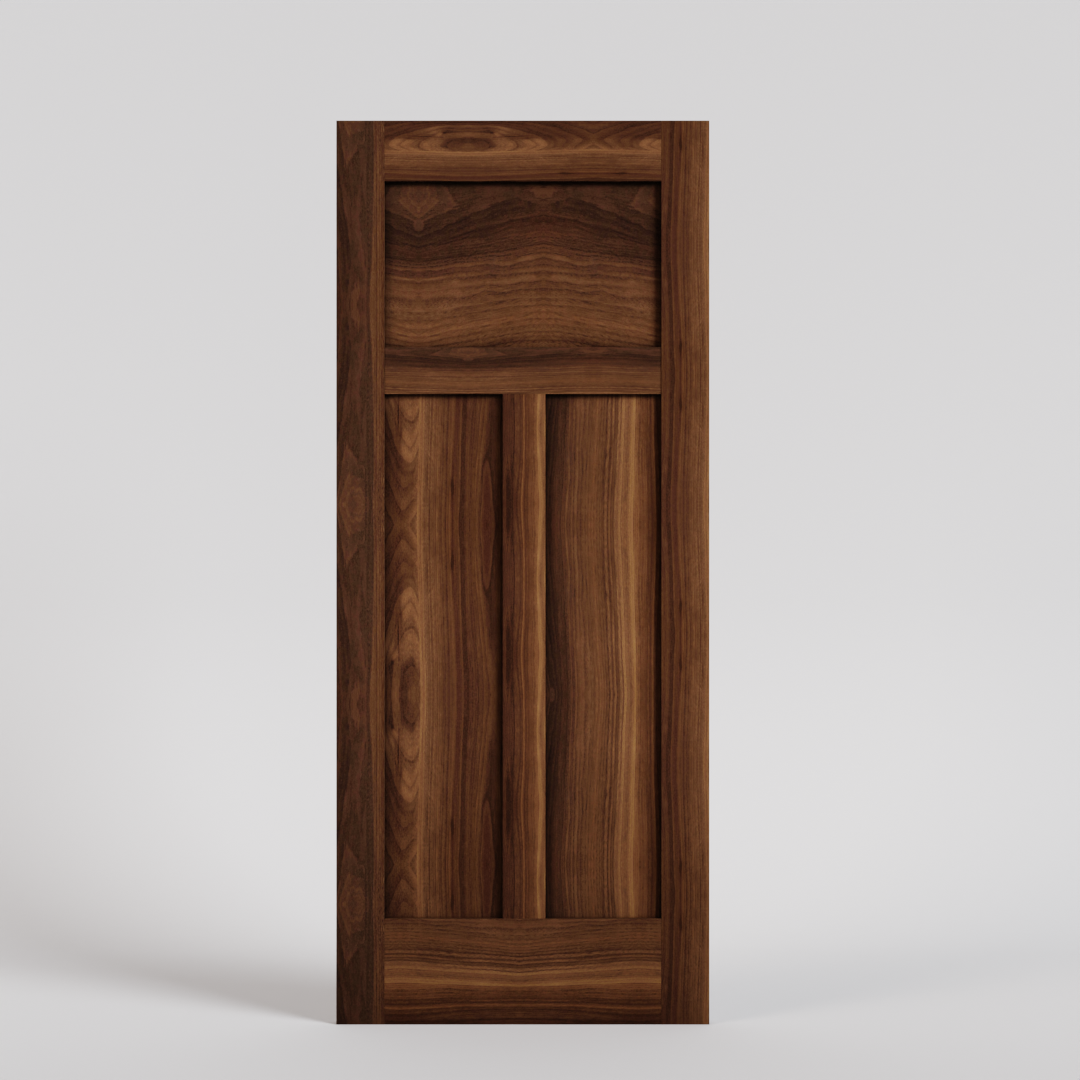
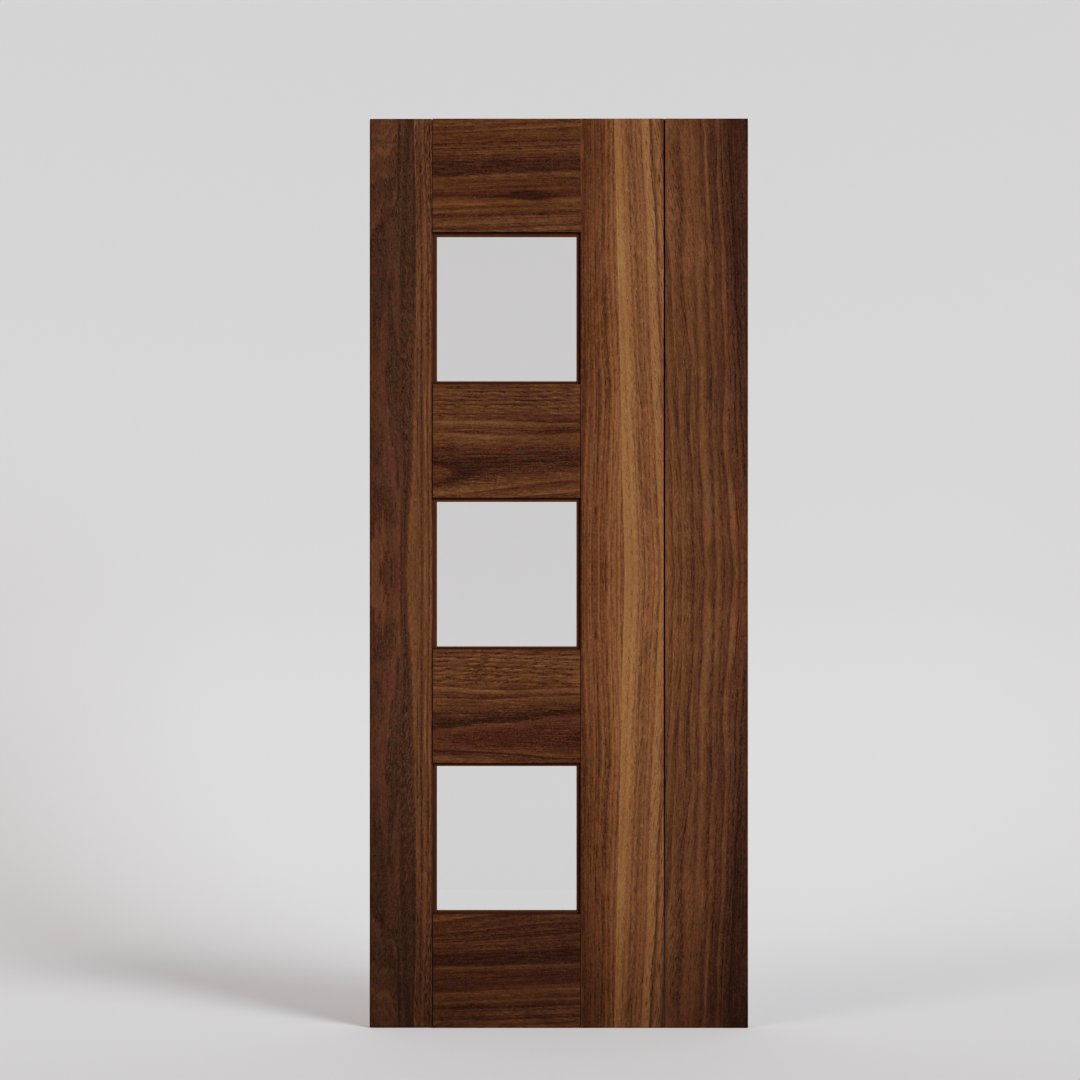
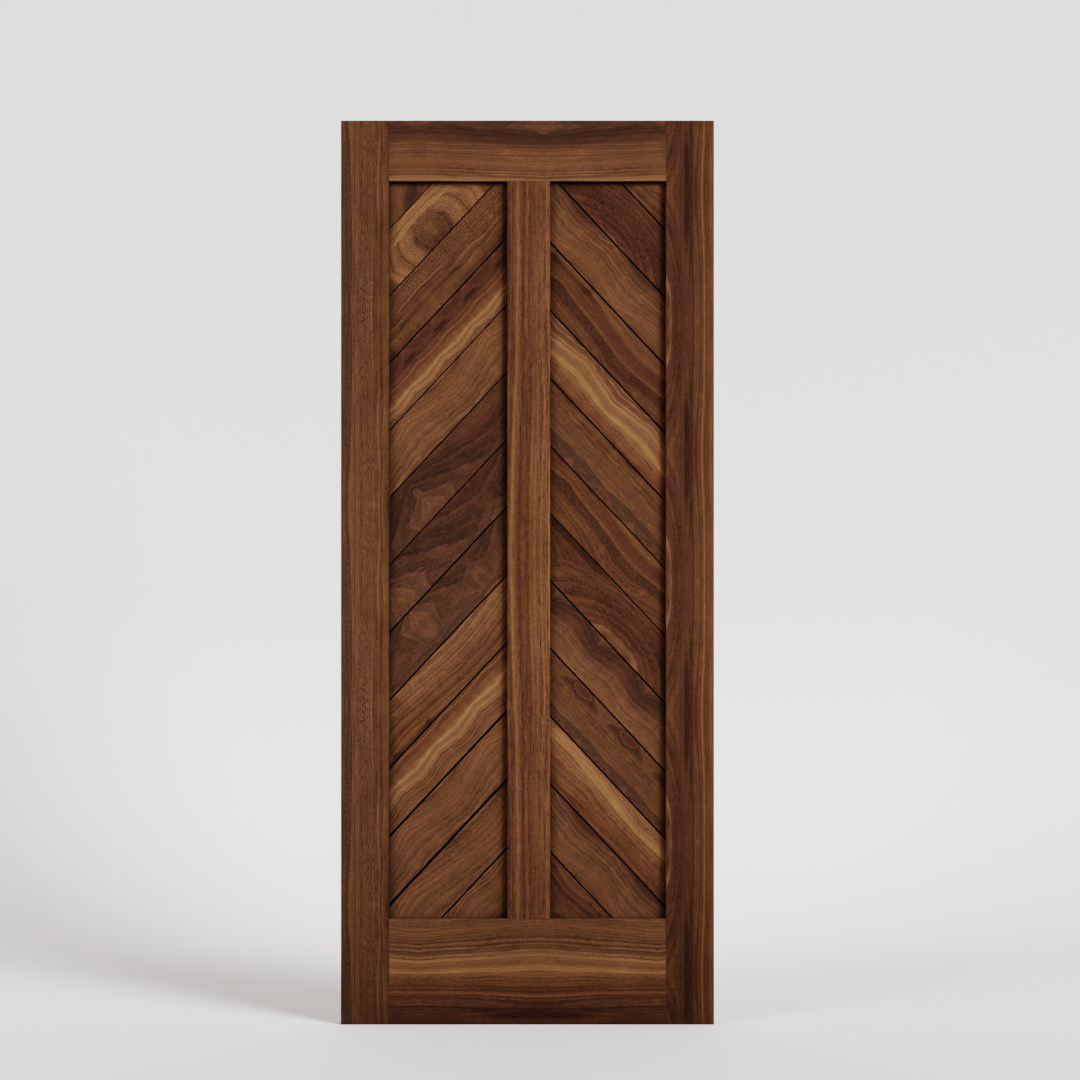
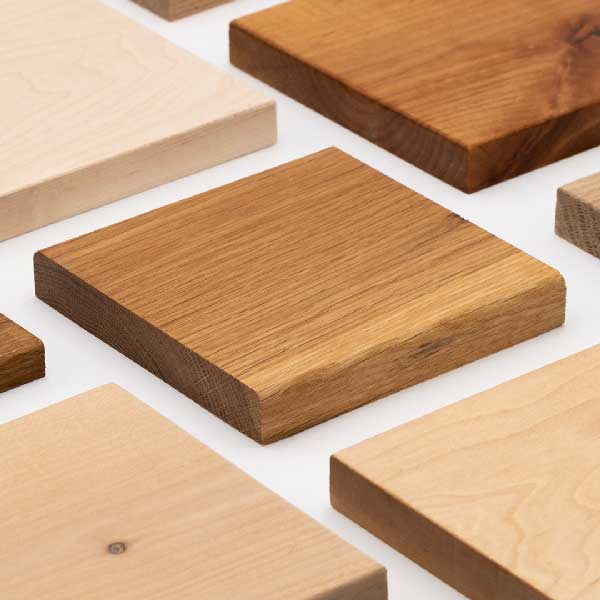

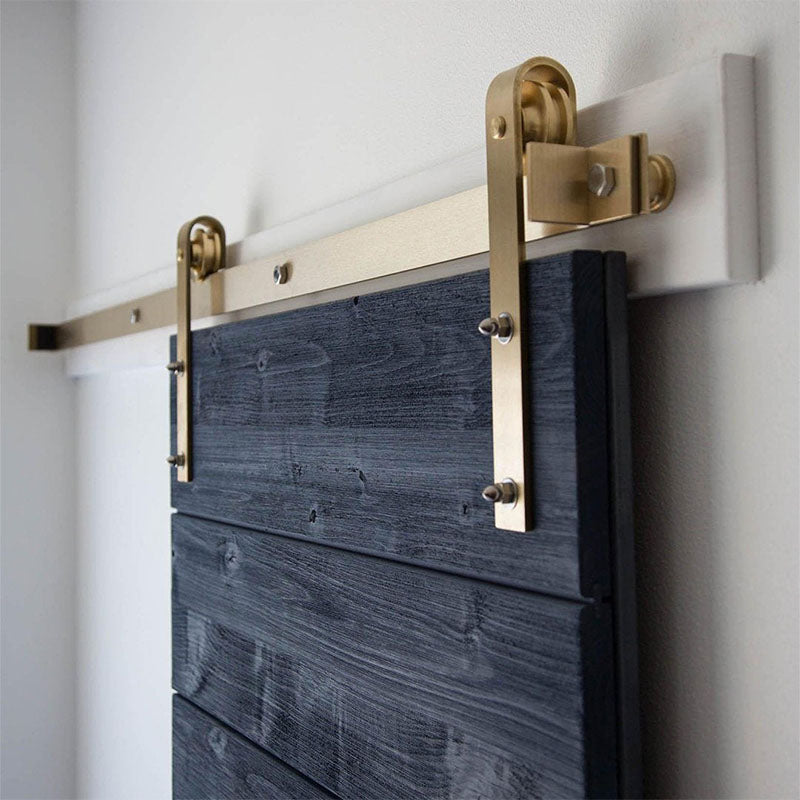
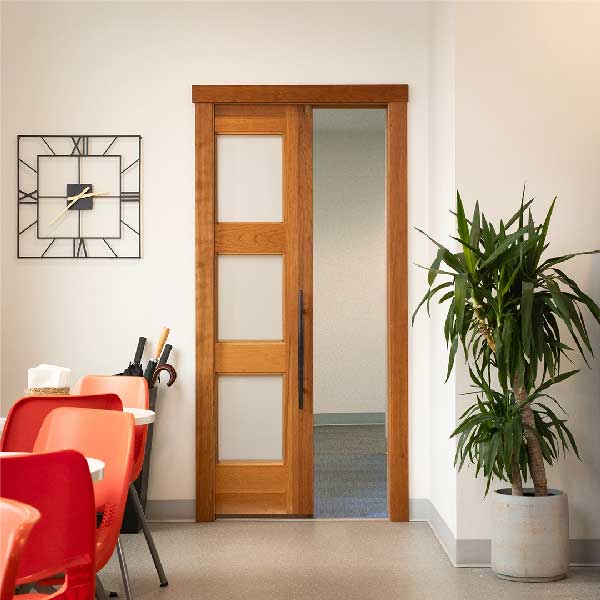

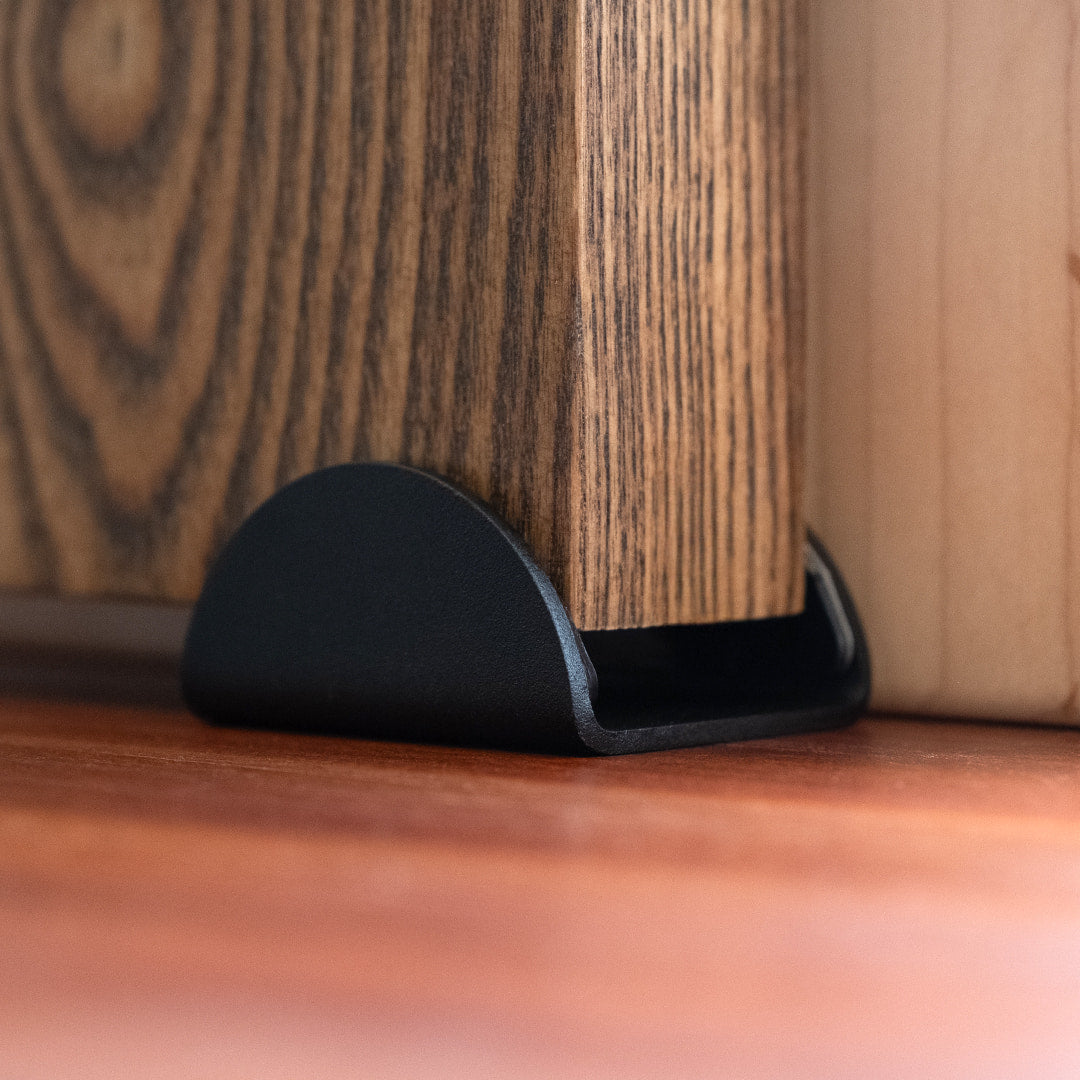
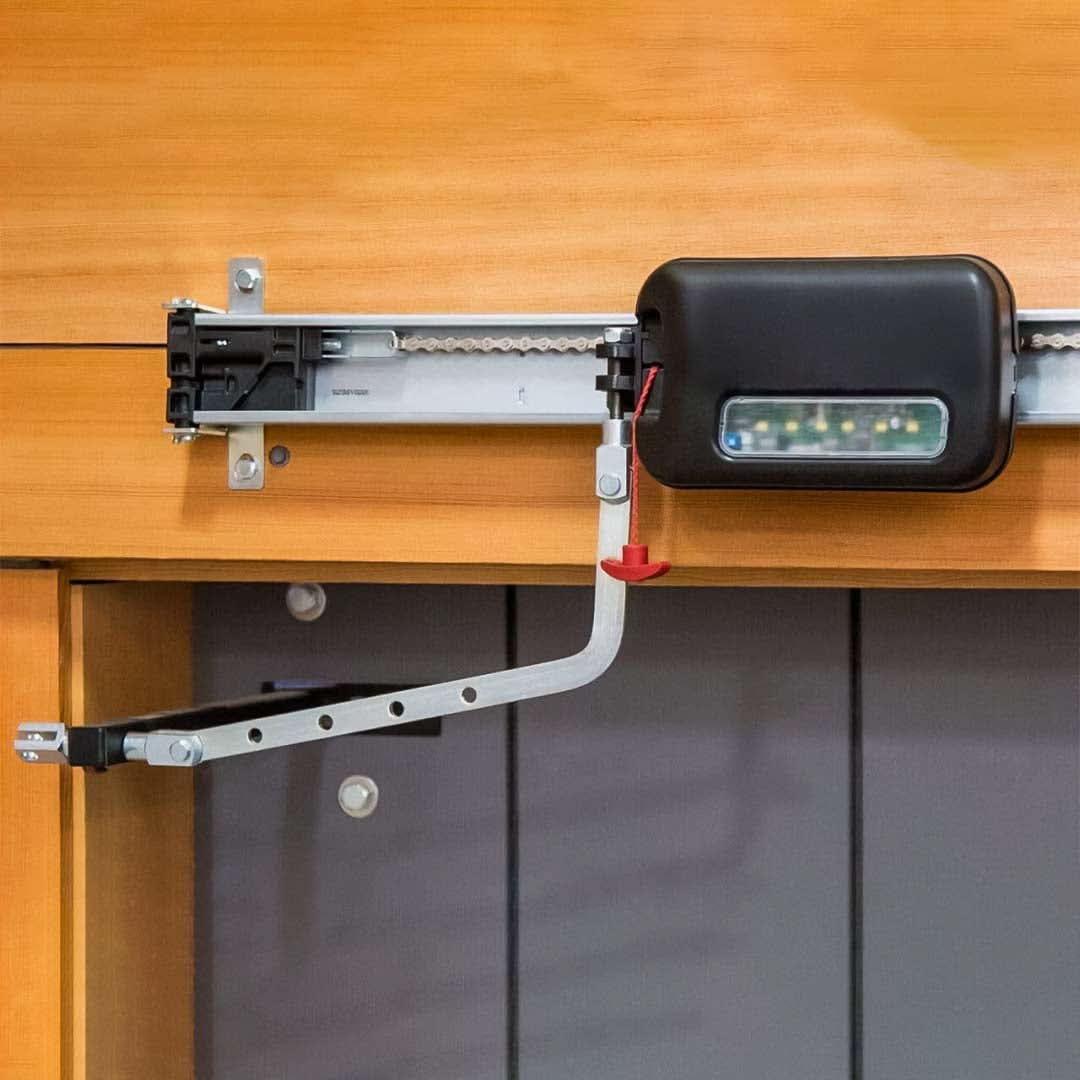






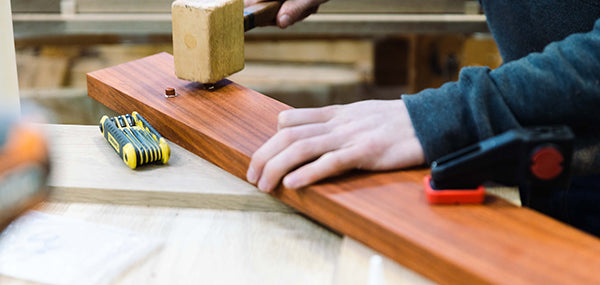

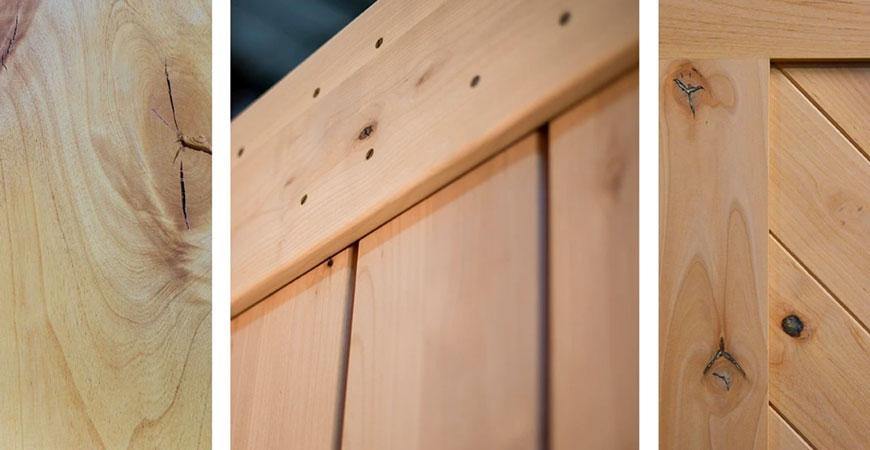

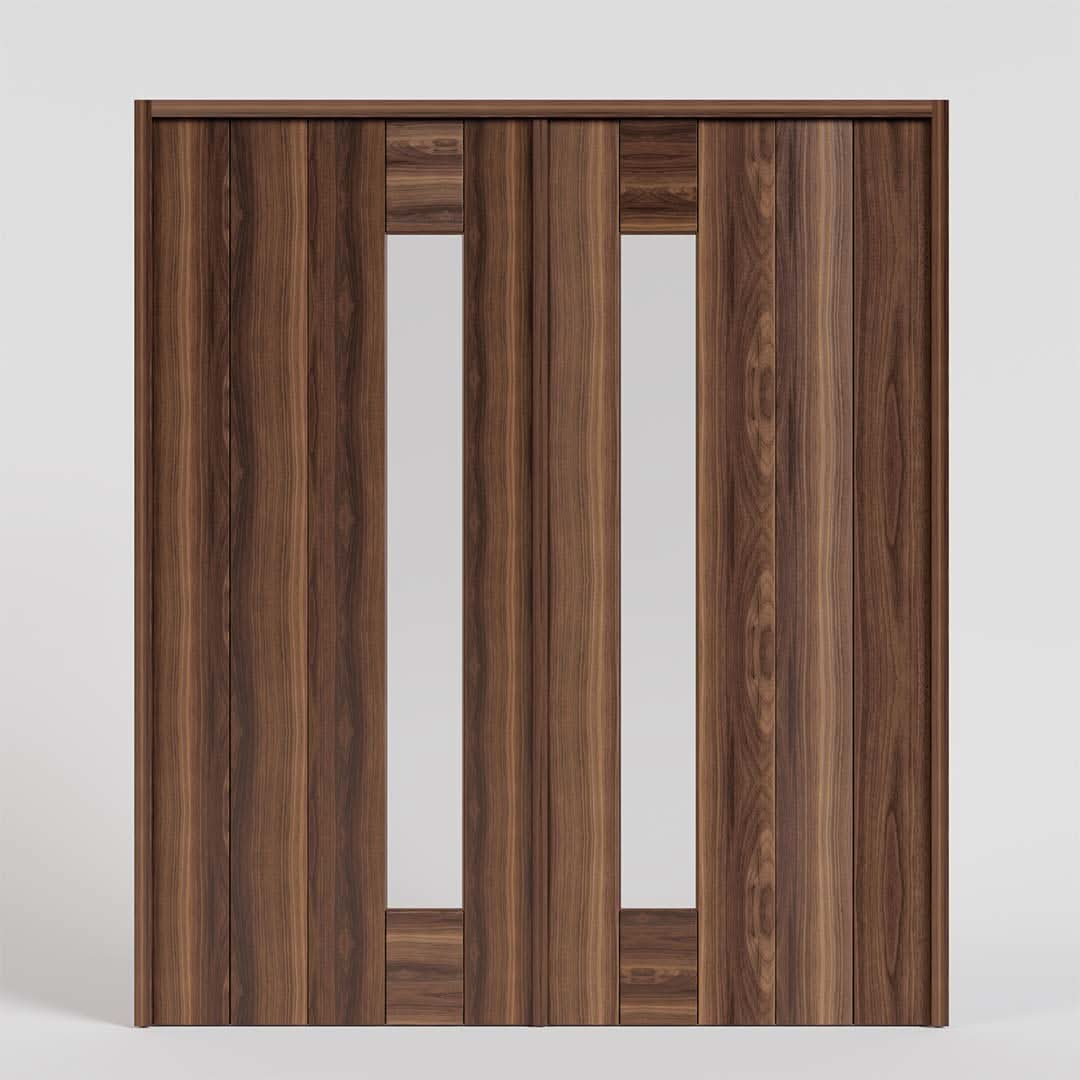
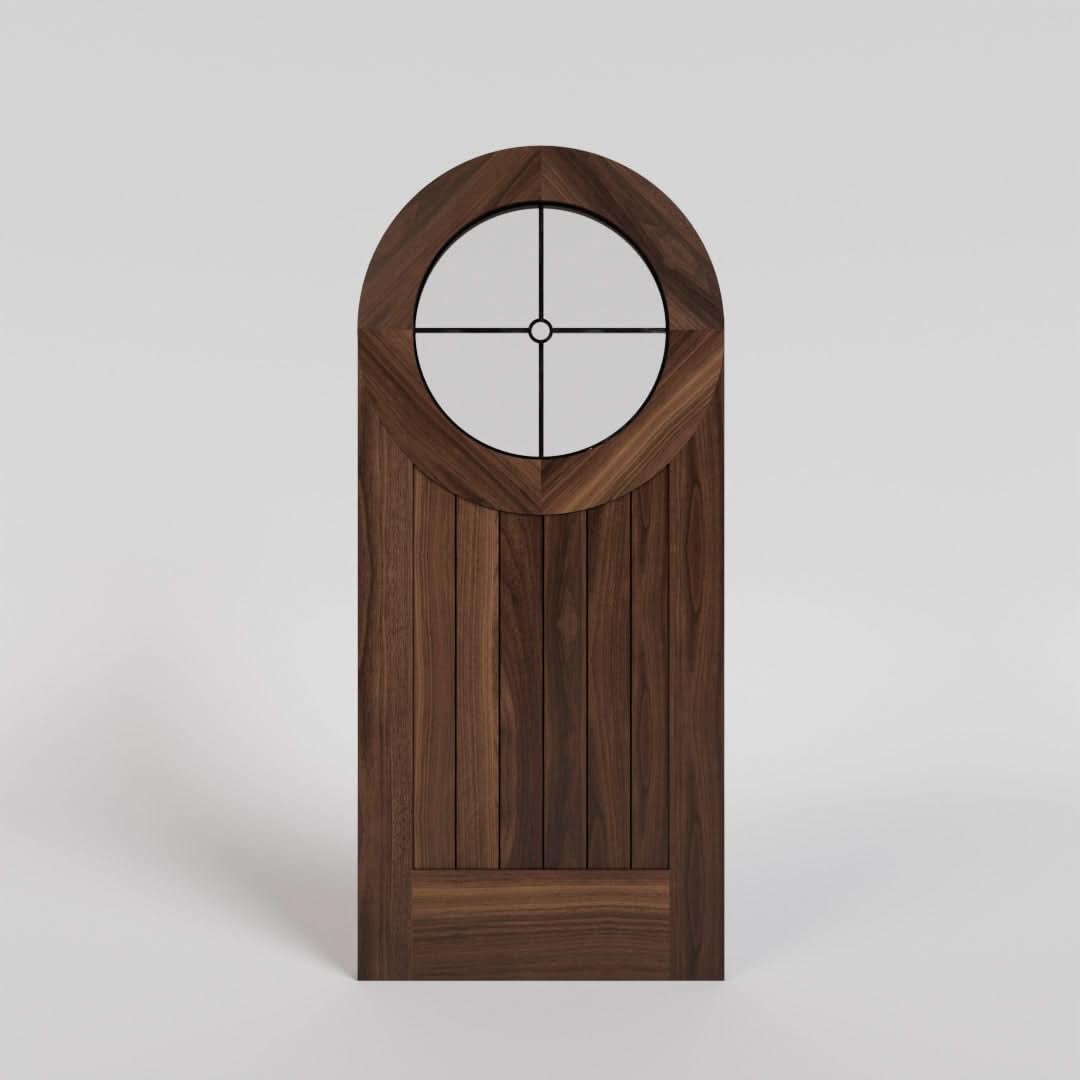
Leave a comment (all fields required)